‘We had turned a corner as a band’: The real story behind the INXS song Suicide Blonde is revealed on 30th anniversary
It’s one of INXS’ most famous songs. Now, on its 30th anniversary, Michael Hutchence’s bandmate reveals the story behind it and how Kylie Minogue played a role.
Hibernation
Don't miss out on the headlines from Hibernation. Followed categories will be added to My News.
INXS’ hit Suicide Blonde turns 30 this month.
It was the critical first single the band released after their 1987 album Kick conquered the world – Need You Tonight hit No. 1 in the US, three other singles made the US Top 10 and Kick sold 20 million copies.
Suicide Blonde was also the last song INXS frontman Michael Hutchence ever sang in public – it was the encore on INXS’ final concert (with Hutchence) on September 27 1997 in Pennsylvania – two months before his death.
Suicide Blonde reached No. 2 in Australia, No. 1 in Canada and New Zealand, No. 9 in the US (the band played it on Saturday Night Live in early 1991) and No. 11 in the UK. It’s one of songwriter Andrew Farriss’ favourite INXS’ tracks – here he talks through its creation.
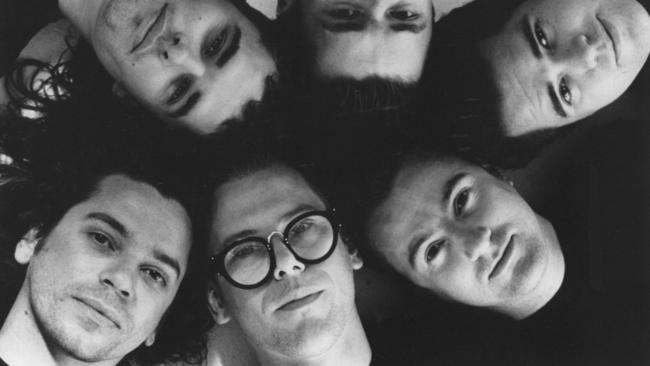
THE BUILD UP
Its 1989. INXS have returned to Sydney after playing 215 global dates between August 1987 and November 1988 for Kick.
“Kick achieved unbelievable success,” INXS’ Andrew Farriss says. “We toured that album relentlessly. The tour got longer and longer, the last thing we wanted to do was stop and go home when everything was going so well. But by the end of that tour we were all just fried. We probably took a lot longer away than we needed to, but we had to give ourselves a chance to recuperate.”
THE PRESSURE
The band started work on X, their seventh album, but first with the whole world waiting. Hutchence was still dabbling in his side-project Max Q, whose album was released in September 1989. By the time he returned to INXS, the pressure was on.
“Whatever came next you just knew as songwriters and artists people will be ready to either love you or shoot you,” Andrew Farriss said. “We were very conscious of that. The choice of Suicide Blonde as first single was a good idea. We had turned a corner as a band and moved a little bit further away from what we were doing on Kick. We decided to do a bit more sonic exploration, for better or worse. The thing that kept INXS edgy and exciting for me was we didn’t keep playing the same song over and over, we always tried to think ‘What didn’t we do last time? Where can we take this?’”
THE WRITING
For Kick, the band’s previous communal songwriting approach was distilled to just Andrew Farriss and Michael Hutchence. “We told the band we felt the stars are aligning for us, give us the keys to the spaceship and we’ll give you a hell of an album, which is exactly what happened with Kick.” The album’s success meant for the follow-up other band members wanted a piece of the lucrative action. “The band and other people saw the success of Kick and suddenly realised ‘Hey I can write songs again’,” Farriss said. “They put their hands up.”
Farriss had initially delivered rough demos for the X songs, to give other bandmates more input, but producer Chris Thomas (who worked on Kick and Listen Like Thieves) “panicked” and requested more elaborate demos. Farriss and Hutchence went to New Zealand to write, Suicide Blonde’s “tempo, riffs and groove” was one of the first demos finished.
“Michael and I had a formula that worked really well. We’d often work independently of each other, he’d think of a lyric, he was never trained classically as a musician, he didn’t really play instruments, his voice was his instrument. Michael loved the challenge of lyrics, he took it to heart.”
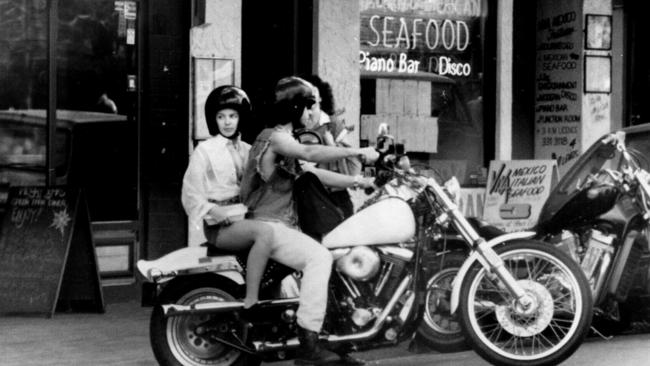
THE DOCUMENTARY
Last year’s Michael Hutchence documentary Mystify (made by INXS video director Richard Lowenstein) suggested that Farriss and the band’s management didn’t want Disappear – written by Hutchence with Farriss’ brother Jon – on X. “I don’t remember it that way,” Andrew Farriss says. “Jon and Michael had written some really good songs together. I didn’t know they’d been working in that way. I take the view now looking back that the best ideas win in the end. The songs chosen for X were chosen for the right reasons.” Disappear would be X’s second single and INXS’ seventh and final US Top 10 hit.” Andrew Farriss has yet to watch all of Mystify. “It’s not that I don’t pay respect to anyone who had been involved in Michael’s life, but I lived it all in real time. I don’t need to watch a movie to understand what went on.”
THE TITLE
Kylie Minogue started dating Michael Hutchence in 1989 – sparks flew an INXS after-party where Hutchence told her “I don’t know what we should do first, have lunch or have sex”. Hutchence was in Kylie’s orbit while she was filming her first movie The Delinquents – they’d make their public debut at the Australian premiere. Her character Lola Lovell had bleached hair – Minogue confirmed to News Corp the phrase ‘suicide blonde’ was inspired by her experience on set.
“Suicide Blonde came from me talking about my character in The Delinquents, we met just after that,” Minogue said. “My hairdresser called the (colour of the) wig I had to wear ‘suicide blonde’. Anything he wrote at that time, well, I was around.”

Andrew Farriss remembers a conversation with Hutchence about the unusual title.
“My concerns weren’t so much about Kylie or their relationship, it was the word ‘suicide’ in a song. He said ‘Don’t worry it’s not about suicide’. Of course the irony of that conversation is how Michael tragically passed away. But Michael wrote the lyrics and he’s gone, he took the story behind them with him.”
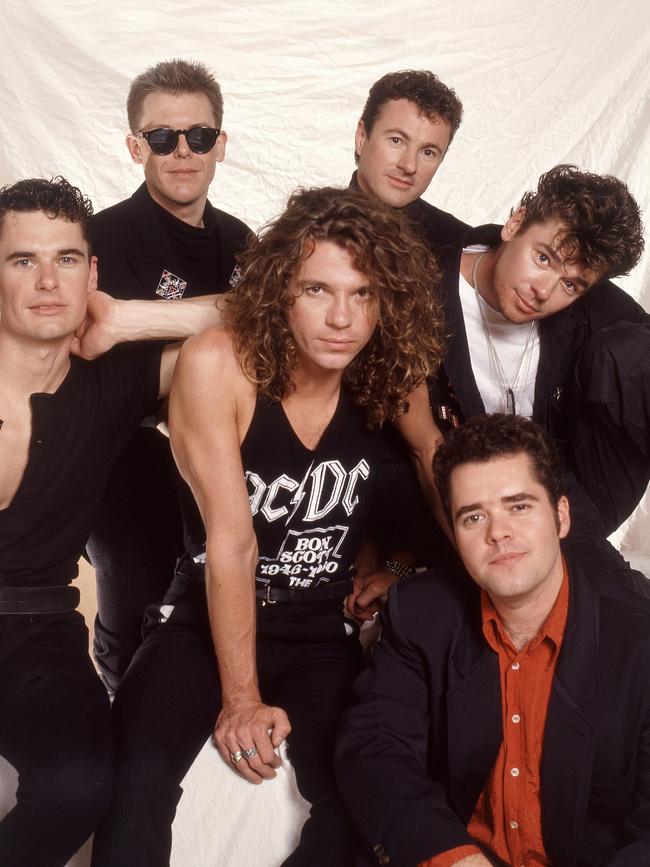
THE VOICE
“Michael was insecure about his own abilities when we were a younger band,” Farriss says. “But by the time INXS’ career developed I’d say Michael was one of the top five, even top three, performers internationally. Ever. He was amazing. Now I’m doing solo work and I’m a lead singer and I think about what it’s like to be on stage and I’m even more in awe of Michael, he was amazing.”
THE BLUES HARP
Don’t believe the internet. While INXS got US muso Charlie Musselwhite to play on two of X’s tracks while he was on tour in Sydney (Who Pays the Price, On My Way), that’s Farriss’ work on the blues harp all over Suicide Blonde. “I’d actually played it on a keyboard, sampled it, chopped it up and put it together. When Chris (Thomas) heard it he said ‘That has to go on the record, just like that’. I couldn’t remember what I’d played, so they put my eight track demo tape straight on the record.”

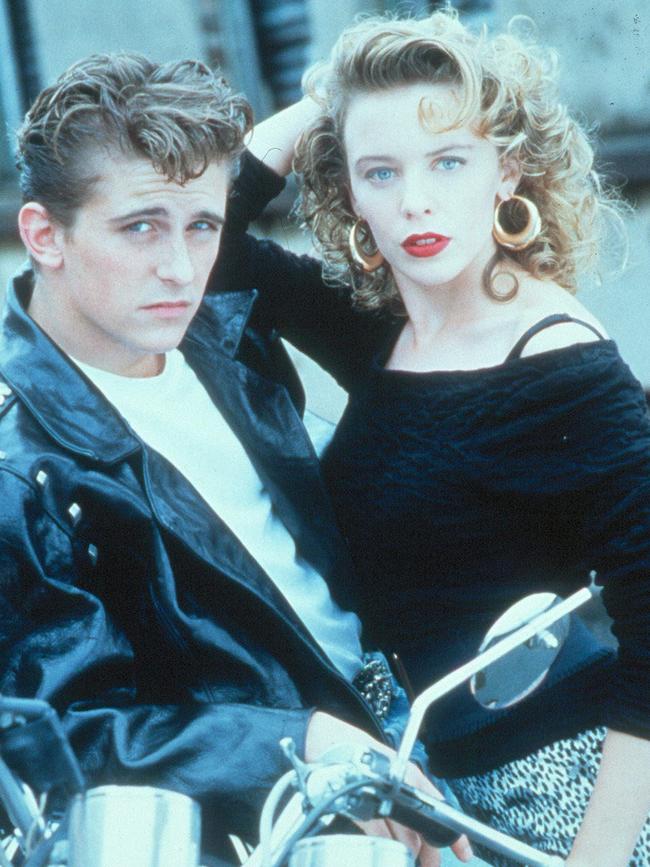
THE GUITAR
The funky riff in Suicide Blonde has often been compared to the one in INXS’ 1984 hit Original Sin. “It’s that minor 7th,” Farriss says. “That’s just part of my guitar style. I played a lot of keyboards with INXS on stage, they stuck me up the back because I had too many keyboards. Tim (Farriss) and Kirk (Pengilly) are great guitar players. I just used to think of myself as a jack of all trades.”
THE REMIXES
Paul Oakenfold and Nick Launay remixed Suicide Blonde for the clubs. “We wrote it as a dance song,” Farriss said. “For some rock bands at that time the DJ remix scene with Paul Oakenfold, it was like from outer space. They were anti being associated with DJs and dance culture. We were the opposite, we thought let’s take this on, we liked funk music, we knew as entertainers if people want to dance to your songs that’s great. And if other people are better than you at remixing, that’s great.”
THE VIDEO
Richard Lowenstein was back in the director’s seat, for a clip that plays on the song’s title with Hutchence in a hair salon. “INXS made a lot of videos, that’s one of my favourites,” Farriss says. “It’s got a real edge to it as a performance video.”
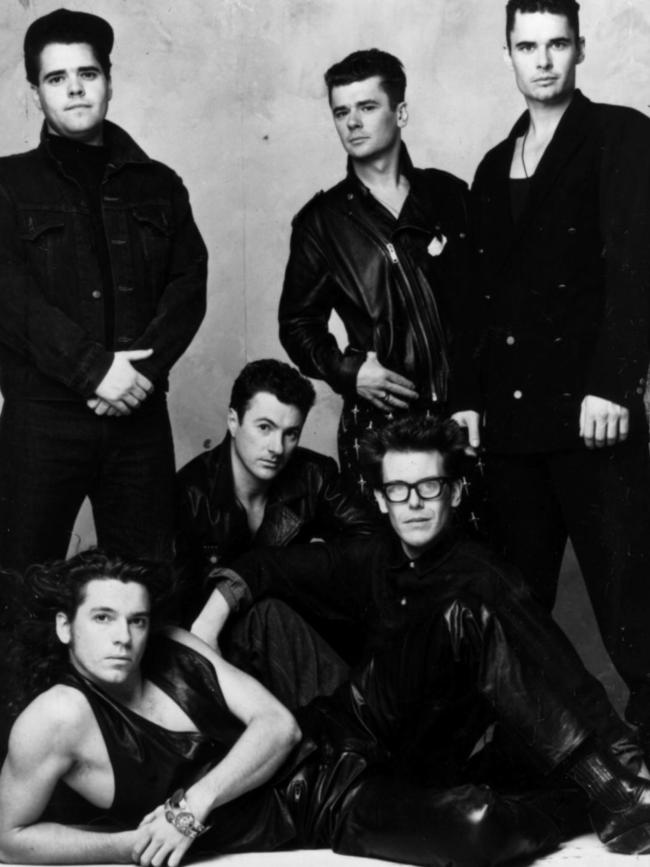

THE LEGACY
“Suicide Blonde is one of my favourite INXS songs,” Farriss says. “Sometimes when I look back at INXS and the things we achieved, on and off stage, I get quite emotional. I find it hard to sit and look at things for too long, I love those guys. I don’t dwell on things morbidly to do with Michael, I just miss him, he was a good guy.”
